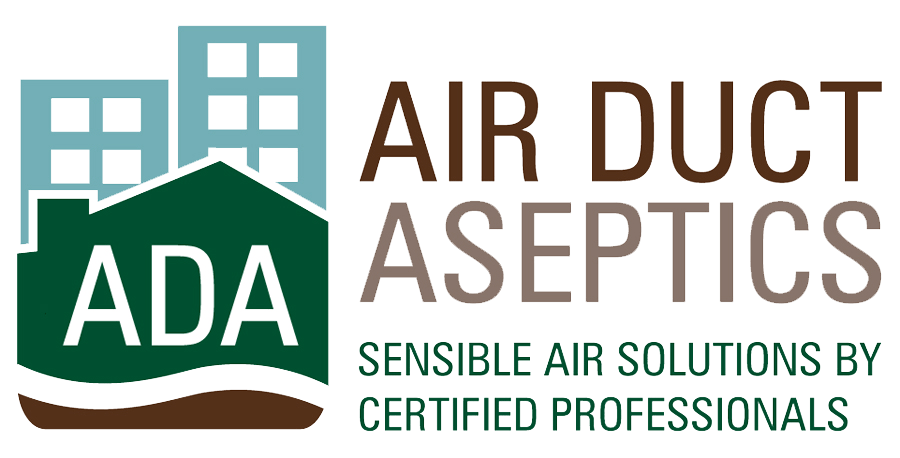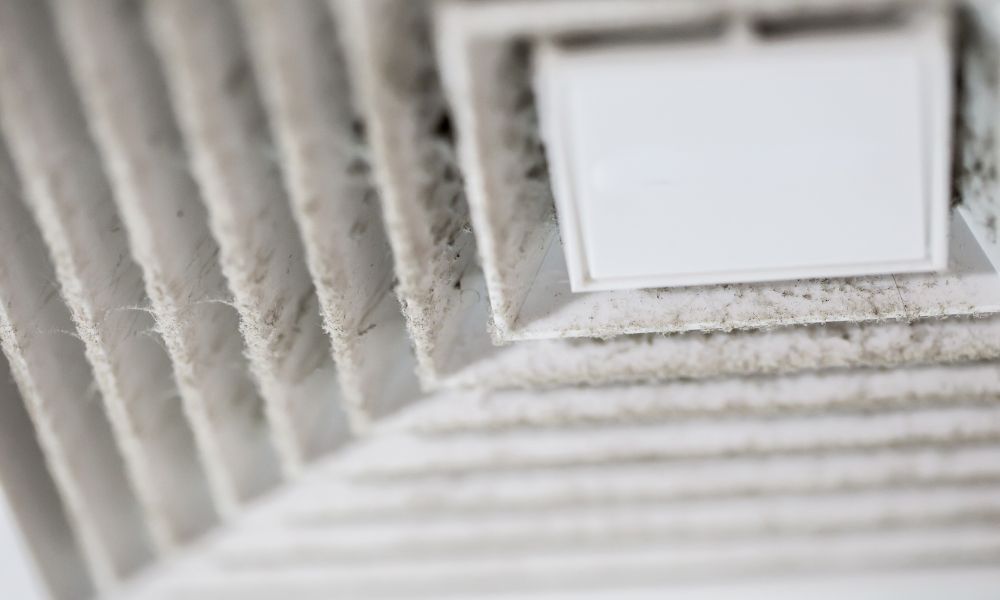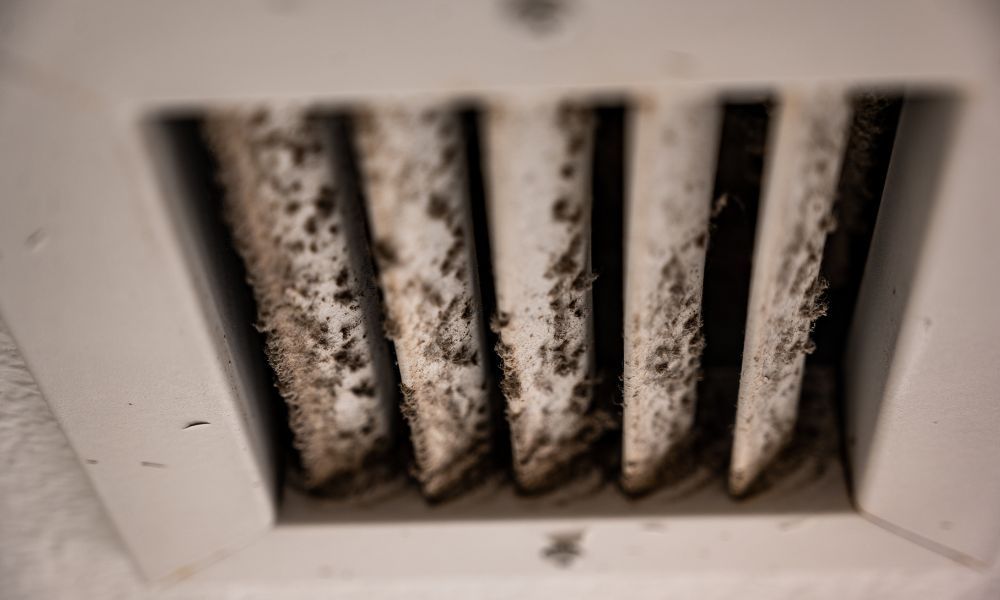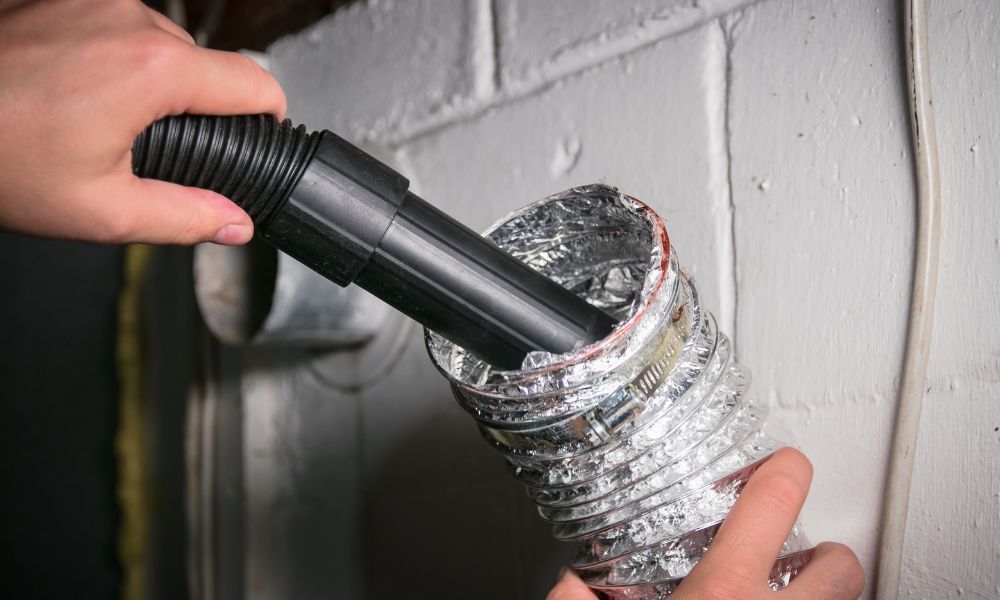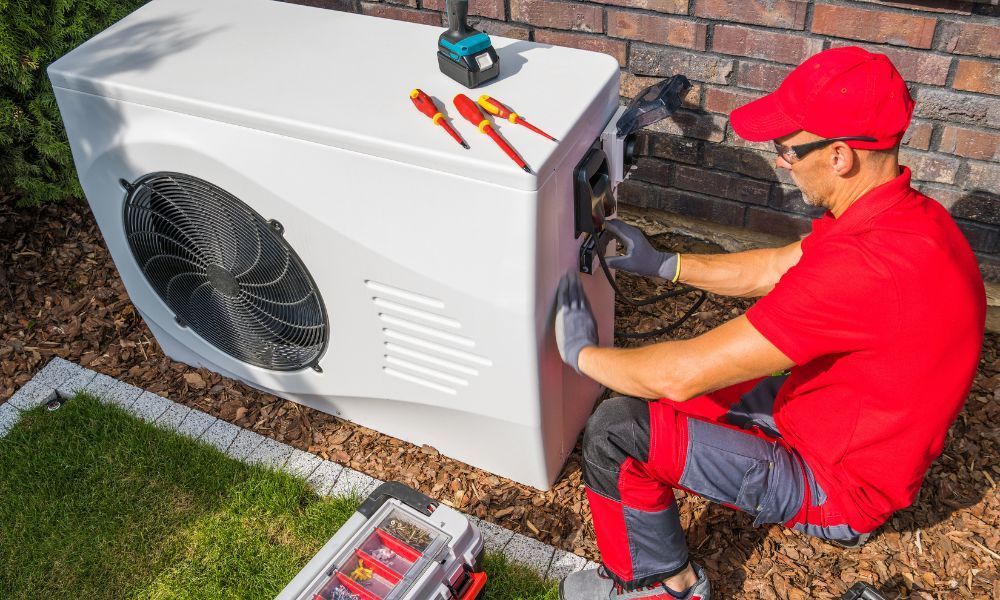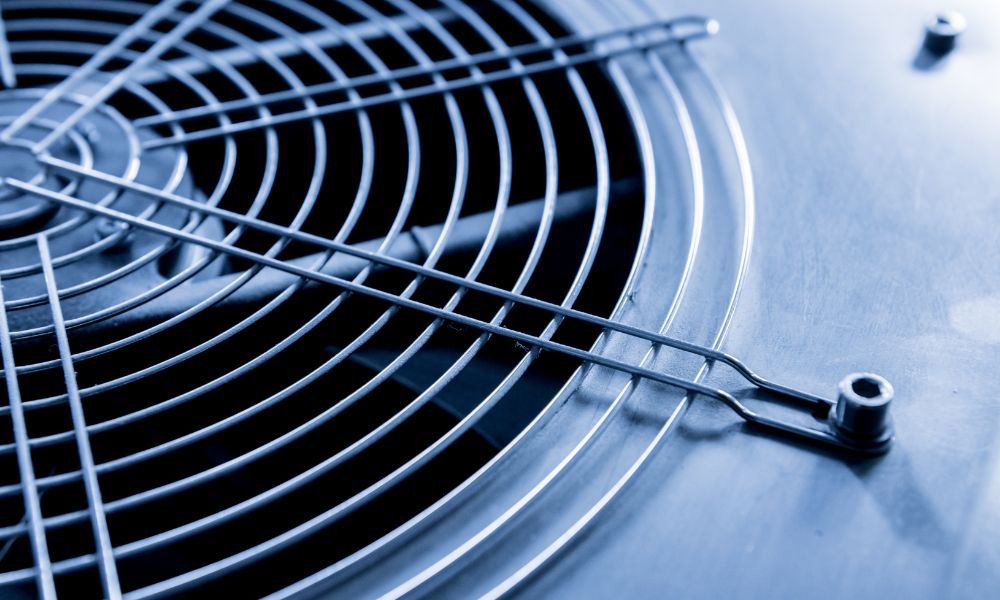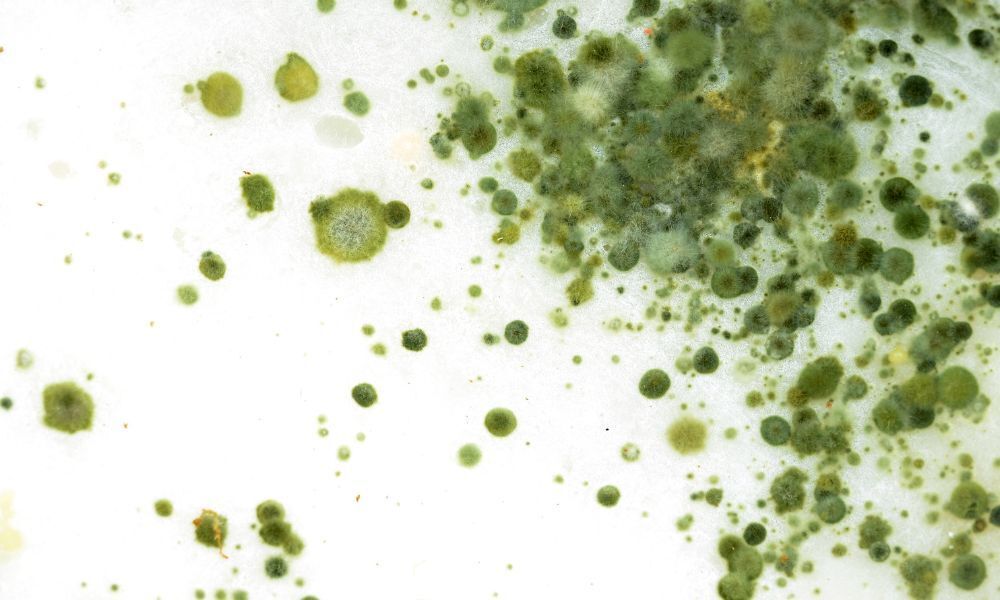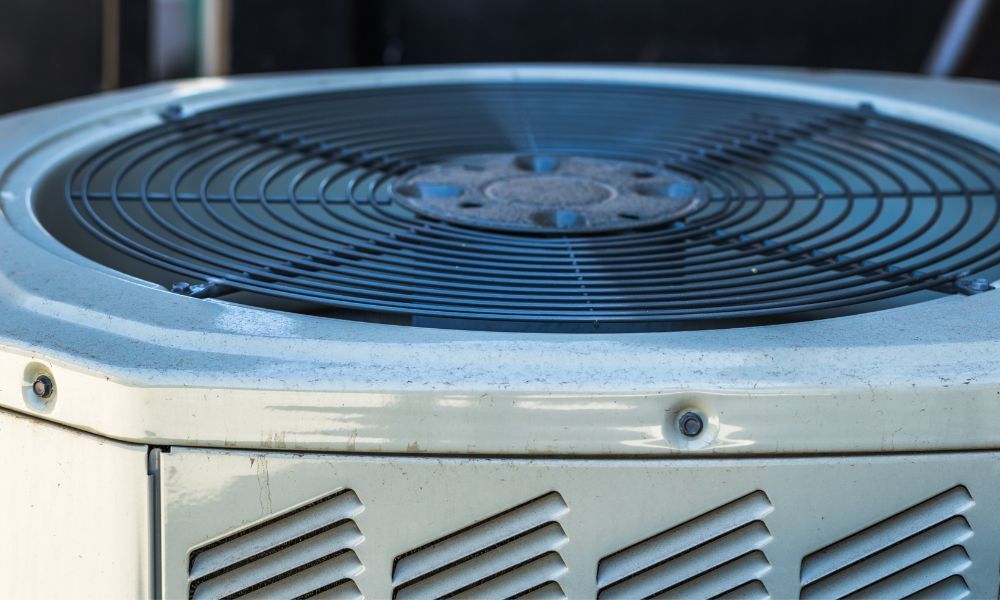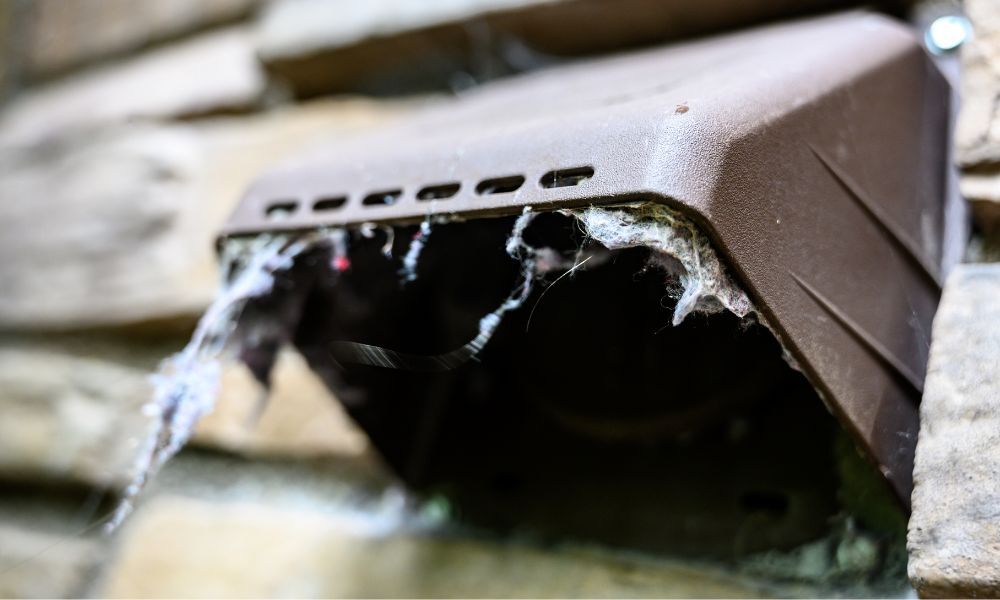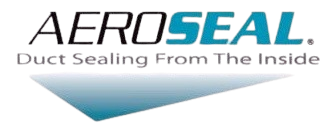Humidistat vs. Thermostat - Why Both Matter in Florida Homes
August 28, 2025
Humidistat vs. Thermostat: Why Both Matter in Florida Homes
When you think about staying comfortable indoors, the first device that comes to mind is usually the thermostat . After all, Florida’s hot climate makes air conditioning essential for daily life. But temperature is only half the battle. Florida’s humidity levels, often hovering between 60–90% outdoors, can sneak inside your home and affect your comfort, your health, and even your house itself. That’s where a humidistat comes in.
Understanding the difference between a thermostat and a humidistat can help you manage Florida’s unique climate more effectively.
What a Thermostat Does in Florida
A thermostat controls your air conditioning and heating system, keeping your home at a comfortable temperature.
Primary Purpose: Prevents your home from feeling too hot or cold.
In Florida: Most homeowners rely on thermostats almost exclusively for cooling. AC systems run heavily during long, hot summers.
Limitations: While AC systems remove some humidity as a byproduct of cooling, they aren’t designed to control moisture levels directly. On especially humid days, your home may feel sticky even if the temperature is set to 72°F.
What a Humidistat Does in Florida
A humidistat measures and regulates indoor humidity levels, usually in conjunction with a humidifier, dehumidifier, or integrated HVAC system.
Primary Purpose: Keeps humidity in a healthy range, typically between 40–60% indoors.
In Florida: High humidity is a year-round issue. Without a humidistat, excess moisture can lead to:
- Mold and mildew growth
- Musty odors
- Warped wood floors or furniture
- Increased allergy and asthma symptoms
Bonus: A humidistat can prevent your AC from running unnecessarily when the real problem is humidity, not temperature—saving energy and money.
If you'd like to discuss further, please call us 888-707-7763
Thanks,
Petrina

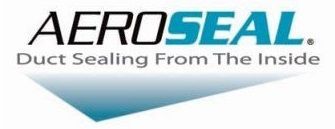
Until the development of the Aeroseal duct sealing technology, there was no efficient or notable effective method of sealing remote leaks in HVAC ducts. In the past, we have crawled attics feeling and looking for leakage, but only if it was accessible. Aeroseal changed all that! We can now seal ductwork from the inside-out! With documentable results! Signs of duct leakage can include particularly hot or cold rooms, dark lines on the edges of carpets, temperature changes between floors, uncomfortable rooms due to different humidity levels, dirt streaks from supply diffusers or severe allergies when inside. Residential duct leakage is prevalent and a significant source of HVAC energy waste across the country. Aeroseal can help lower energy bills (on average, a homeowner can save between $300-$1000 or 5% to 30%) Aeroseal can reduce temperature variations between rooms and floors, reduce humidity in rooms and fix hot or cold rooms issues. Aeroseal can help improve indoor air quality by reducing pollutants, allergens and dust entering the air stream from wall cavities or attics. Call us today at (888) 707-7763 to find out how investing in your home by sealing ductwork leaks can return in energy savings and give you increased comfort in your home.



